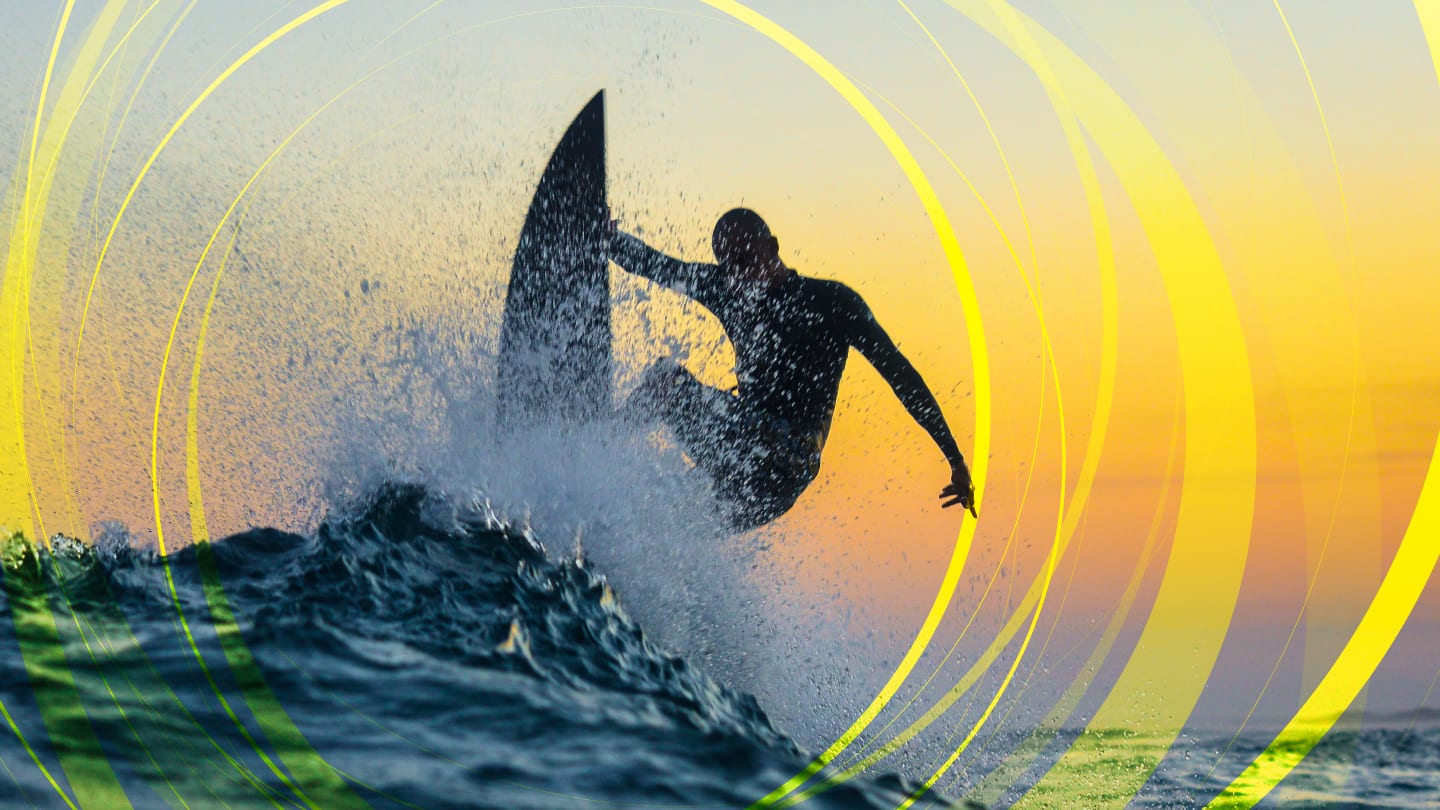A recent commentary published in Eye has raised a compelling hypothesis: surfers and scuba divers may represent an under-recognized population at risk for age-related macular degeneration (AMD) and other ocular pathologies linked to ultraviolet (UV) and high-energy visible (blue) light exposure.

“Our primary objective is working towards developing a stem cell therapy targeted specifically for patients with AMD,” explains Dr Davinia Beaver, of her role as a research scientist at the Clem Jones Centre for Regenerative Medicine, Bond University, Queensland, Australia. “I also surf and dive, and the idea first came to me during a surf session while staring at the horizon and squinting against the glare. I began to wonder whether there was any research exploring the cumulative impact of UV exposure particularly on the retina in these populations, as there is documented studies on the risks to the anterior part of the eye, e.g., surfer's eye. Diving poses a different scenario, as blue light penetrates deeply underwater, potentially creating another form of risk.”
While extensive literature supports the association between UV/blue light exposure and conditions such as pterygium, cataractogenesis, and AMD, research has focused predominantly on terrestrial populations – namely outdoor workers and welders (as well as those living in high UV-index regions).
Attempting to better determine this risk for those enjoying water sports, Dr Beaver and her colleague, Senior Research Assistant Carly Hudson – also based at Bond University – attempted to conduct a scoping review on existing literature around UV and blue light exposure for water sport participants. “We found very limited data, insufficient enough to write a full scoping review, which highlighted a gap in the literature and the need for further research in this area.”
The absence, they argued, was not necessarily indicative of low risk, but rather of a research blind spot. As such, the pair call for interdisciplinary collaboration between ophthalmologists, sports scientists, and environmental optics researchers to address this knowledge gap.
“We are still early in our data collection phase, and this is likely to take between 4-6 months, but these activities are a big part of our community here on the east coast of Australia, and anything useful that may come out of this study will only serve to benefit the health and wellbeing of individuals who regularly engage in these activities.”
